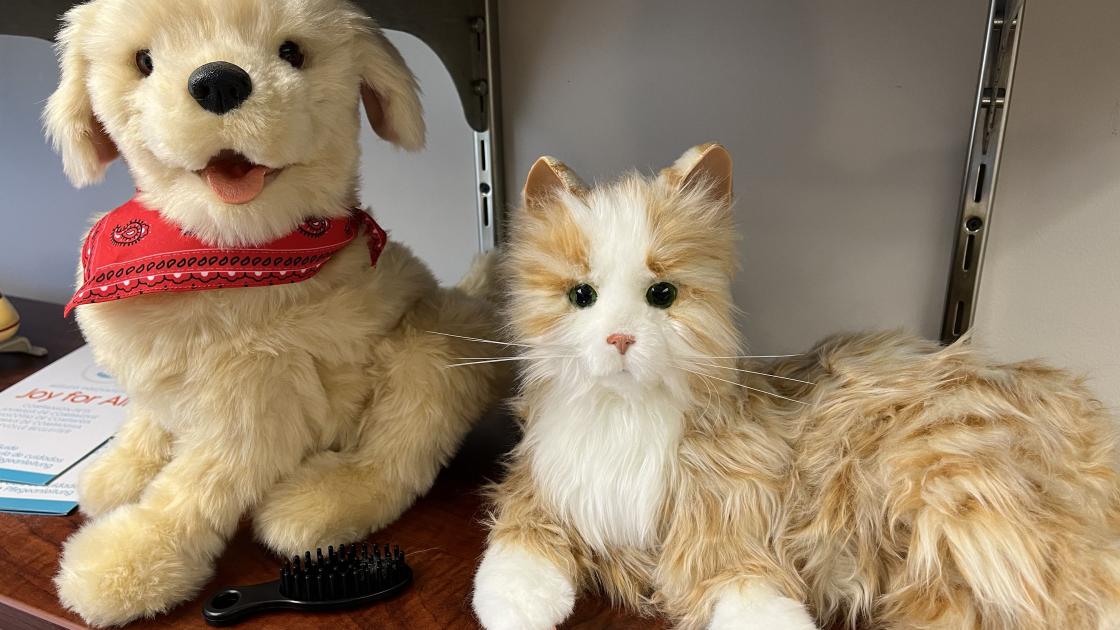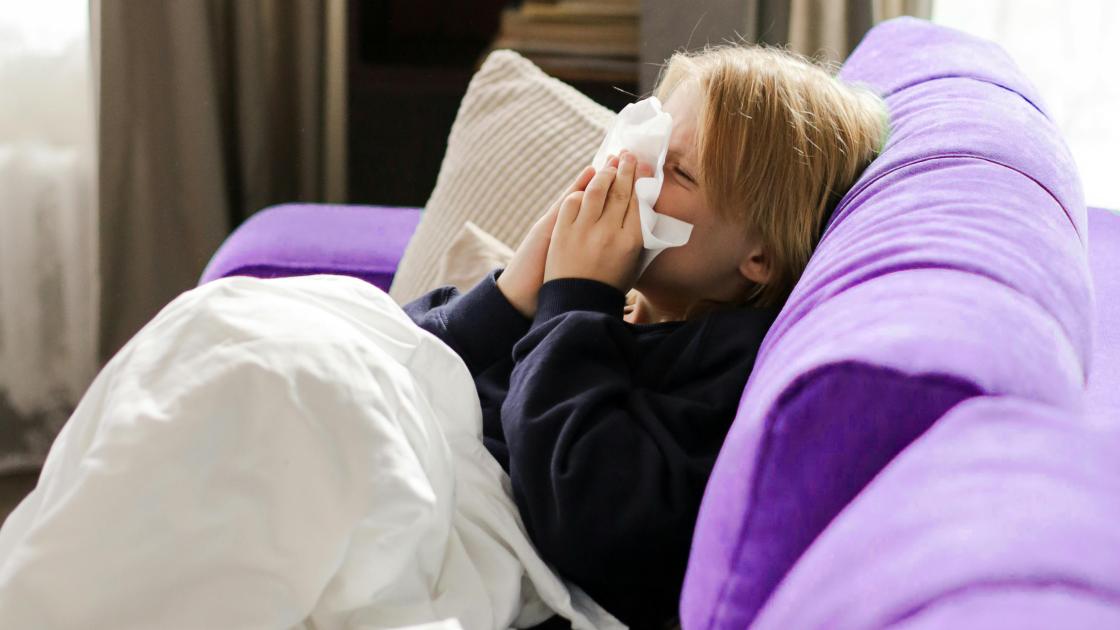
Smart comfort: Technology and dementia care
Nancy couldn’t relax.
As the day wore down, so did her nerves. She kept raising her voice and couldn’t get comfortable. Suggestions by family members of what to do were shot down or ignored. Irritable and disagreeable, it wasn’t until she found her cat, Boots, that she found calmness stroking his golden fur and hearing him purr.
Nancy has dementia. Her childhood cat, Boots? He’s been gone for a long time. But thanks to advanced technology that created an animatronic animal to fit her reality, this new "Boots" helped provide Nancy the comfort and company she craved.
It’s one instance of how technology can bring satisfaction, reassurance and dignity to someone living with dementia. For caregivers, these innovations can mean extra support, safety and peace of mind.
Technology is not a one-size-fits-all approach. Its use can depend on the severity of dementia. For those in early stages, medication and appointment reminders on a phone and apps for tracking driving can be beneficial, but more severely impaired people may need personal GPS tracking, automatic stove shutoffs and in-home cameras.
Creating a safety net
The balance of encouraging independence while ensuring safety is always evolving for caregivers. Technology can help provide more peace of mind for caregivers to limit the danger of wandering, falls and injuries.
- Preventing wandering: Smartwatches and other devices can enable tracking to locate loved ones quickly if they become lost. Besides in-home cameras, there is also smart home technology that can notify caregivers if the front door is opened, helping caregivers who cannot be there around the clock.
- Medication reminders: Automatic pill dispensers can ensure medication is taken at the right time and in the right dosage – a benefit for both patients and caregivers.
- Kitchen safety: Automatic shut-off devices for the stove are available and can turn the stove off after inactivity.
Tools for caregiver support
Technology can also lighten the load for caregivers. Beyond safety devices, there are platforms that support organization and communication:
- Care coordination apps: These allow family members or healthcare providers to share updates, track appointments and manage daily tasks collaboratively.
- Online caregiver communities: Social media groups and dedicated platforms provide support, advice, and reassurance from others who understand the challenges of caregiving.
- Telehealth services: Virtual visits make it easier to connect with health care professionals without the logistical challenges of transporting a person with dementia.
Local access with IATP
Many times, the challenge with technology is knowing what is now available. Or, it’s hearing about a new product, but not being able to see and try it out. That’s where Illinois Assistive Technology Program (IATP) can help.
IATP is a non-profit providing access to a wide range of devices, from simplified home phones that call select contacts, to utensils with wider handles that make it easier to eat, to a customizable 3D printing lab that can make everyday activities more manageable.
Located at 701 N. Walnut St., IATP offers the chance to view and understand how different devices are used and can meet your needs. However, it is recommended you make an appointment before visiting.
Potential risks and limitations
While there are benefits, caregivers should approach new technologies with a balanced view, adopting tools that genuinely meet their needs without creating new burdens.
- Privacy and autonomy: Constant monitoring may feel invasive, especially for individuals in earlier stages who value independence. Consent and dignity should always guide decisions about using surveillance or tracking tools.
- Overreliance on tech: While technology can assist, it should not replace human interaction. Social connection, empathy and touch remain essential to our overall well-being, especially for those with memory loss and are more likely to be isolated.
- Complexity and accessibility: Some devices may be too complicated for older adults or caregivers who are not tech-savvy. Cost can also be a barrier, as advanced technologies are not always covered by insurance.
A chance to better connect
There are so many ways to leverage technology to your benefit – even using your phone to take a photo of your loved one each morning can help show others their appearance in case they get lost. Technology can be a powerful tool in helping caregivers and is constantly evolving. Ten years ago, animatronic animals like Boots weren’t an accessible reality.
Appropriate use of technology can help preserve independence for those with dementia. Adjusting to the needs of the moment is a constant battle, but recent innovative technology can help make life safer and more manageable. No device can take the place of your care and love, but the right tools can give you more energy for what matters most – time together.



